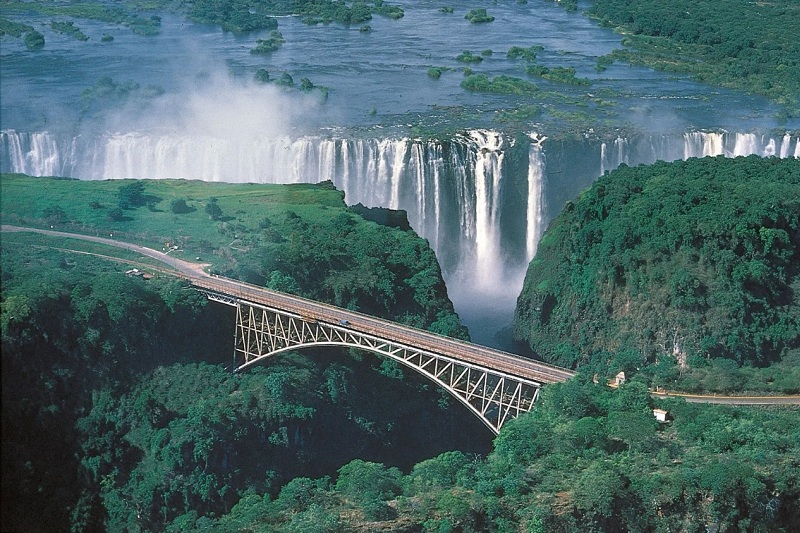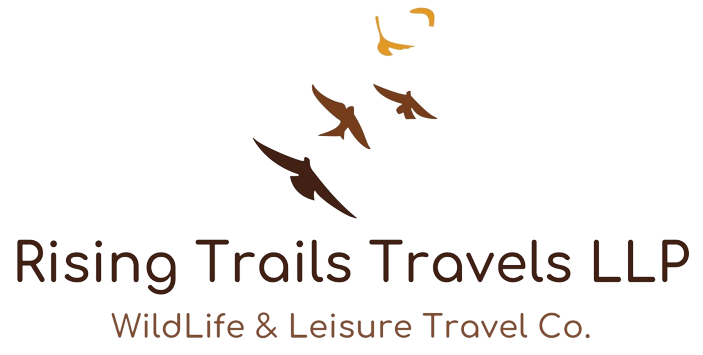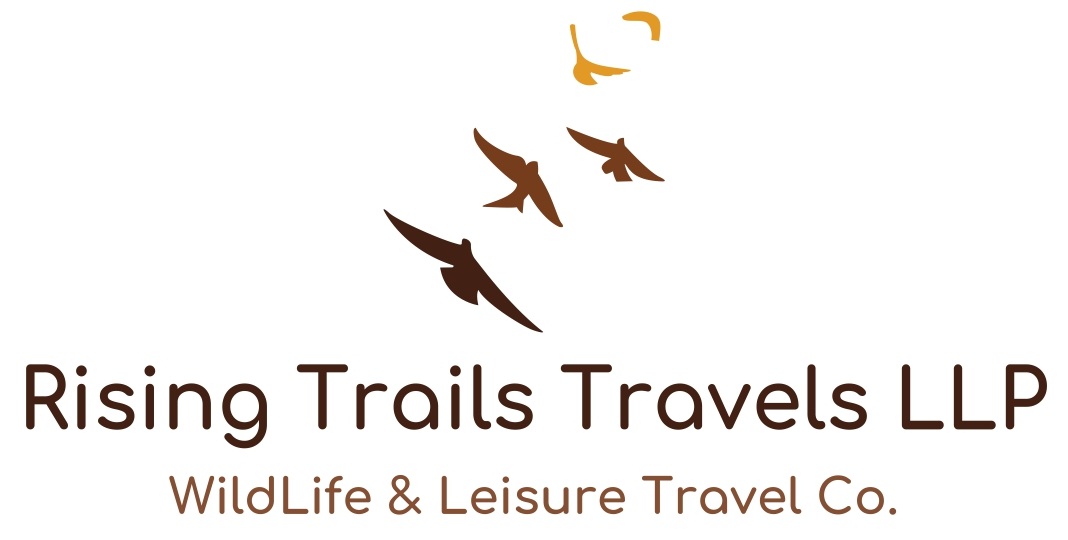
Zimbabwe is a landlocked country situated between two great rivers: the mighty Zambezi cuts along its northern frontier, forming the border with Zambia, while the languid Limpopo forms the southern border with South Africa.
In between, the country has a variety of habitats, from the granite hills of the Matopos to the majestic mountains, lush forests and beautiful rivers of the Eastern Highlands. In addition to the famous Victoria Falls, Zimbabwe conceals lesser-known treasures, such as the Hwange Park, rich in wildlife such as lion, leopard, cheetah, zebra, buffalo and renowned for an important elephant population.
Other destinations include the ruins of Great Zimbabwe, the biggest medieval city in sub-Saharan Africa and recognised as a World Heritage site; the National Matobo Park with its astounding rocky setting. Explore a variety of amazing landscapes: mountains, hills, plateaux and savannah. Culture and crafts abound, seducing visitors to a country that has so much to offer.
Things to look forward to in Zimbabwe:
1. Watching enormous herds of elephant gathering at waterholes
2. Bungee jumping at the stupendous Victoria Falls
3. Game driving through classic safari country
4. Canoeing down the mighty Zambezi River
Biogeographically Zimbabwe sits at the crossroads of the northern tropics of Central Africa and the southern temperate zone of South Africa. Its more than 5 000 species of flowering plants and ferns are testament to the diversity that is possible in a relatively small country at such a meeting place. The Zambezi River traces the northern border of the country flowing into Lake Kariba and then through the hot low-lying Zambezi Valley and the World Heritage Site of Mana Pools National Park, providing water year-round for all manner of wildlife and waterfowl in the dry season. Large concentrations of buffalo and elephant are found along the river’s edges, while predators such as lion, wild dog and leopard are often sighted. Kudu, zebra, impala and waterbuck feed on the surrounding plains and hippo and crocodile are also numerous.
Along the Botswana border the easternmost tongues of the Kalahari sands creep into the country and mix with the teak forests of the interior. Here Zimbabwe’s largest national park, Hwange, is home to some of southern Africa’s last great elephant, buffalo and sable herds and plays an integral role in a network of southern African conservation areas. The large numbers of animals all year round – elephant, buffalo, sable, roan, giraffe, wildebeest, impala and even gemsbok – are followed by their predators: lion, leopard, wild dog and cheetah, along with African wildcat, serval, honey badger, civet and spotted hyaena.
We, at Pugmarks – The Nature Club, will be happy to customise your itineraries for your travel to weave this wild life destination in your travel plan and help you get a thrilling, unforgettable and pleasant WILD LIFE SAFARI experience.
When to go?
The two areas in which we are present in Zimbabwe generally adhere to the same seasons, with one difference: Ruckomechi Camp in Mana Pools is only operational in the dry season – from April to November. In both, and throughout the year, a wealth of wildlife can be found. Below are a few helpful highlights of each time of year in Hwange and Mana Pools respectively.
It is important to remember that while game viewing can never be guaranteed, there are some trends that can be seen when we combine our knowledge of seasons, habitats and water availability with animal distribution, their numbers, and thus where they can be found. The table below gives some insight into these trends.
Green Season – December To March
Hwange National Park
Summer rainfall brings the plains of Hwange to life, with grazing animals and birds in equal abundance. This is the time of births – synchronised antelope births from impala to zebra – and arrivals – of migratory birds from far away. Incredible green season big game viewing with substantial herds of zebra, wildebeest, eland, waterbuck and impala on Ngamo Plains, together with giraffe, lion, buffalo and elephant.
Mana Pools National Park
Ruckomechi Camp is closed during this period.
Transition Season – April To May
Hwange National Park
This is the onset of the dry season – the grass is dwindling, pans are drying out and vegetation is getting thinner.As a result large mammals are drawn to the remaining waterholes and the large elephant herds filter back into the area to be seen more regularly.Water-dependent herbivores like buffalo, zebra and even kudu, sable and roan are drawn from the woodlands into the open vleis of the concession where the remaining water is situated.
Mana Pools National Park
Cooling temperatures herald the beginning of this season. Most of the summer rains are essentially over and it’s a great time to get into the concession and ‘rediscover’ it after a period without guests. The environment is still relatively lush and green and several intra-African migrant birds are still present. As the inland water dries out, wildlife is drawn to the floodplains of the Zambezi River near Ruckomechi Camp to drink.
Dry Season – June To November
Hwange National Park
This is the time to catch those iconic wildlife sights for which Hwange is renowned. With no rain, an endless procession of large herds of elephant and other impressive wildlife concentrations are found at the waterholes. Dry grass and leafless trees mean that game in general is easier to see – for example, predators like lion. Birding is equally productive with many resident specials such as Arnot’s chat and Bradfield’s hornbill.
Mana Pools National Park (June to 15 November)
The initial months have a moderate, dry climate, while October and November can be very hot. Each ensuing month becomes progressively drier as all wait for the summer rains.The Zambezi floodplain is the place to be, attractingever larger, more permanent concentrations of game like elephant, buffalo, zebra, impala, waterbuck, warthog, kudu and eland – magnets for the predators. Hippo can be found at their highest densities in the river at this time.Birding is good with specials like African skimmer and Lilian’s lovebird easily picked up.
We shall be happy to customise a tour to Zimbabwe for you as per your requirement or give you a quote for a group trip also.


